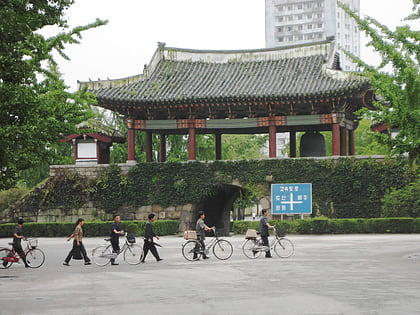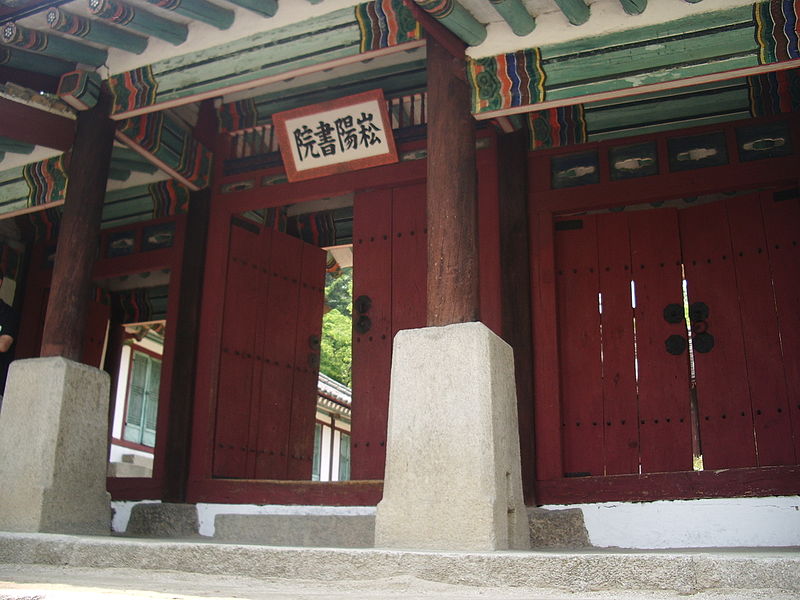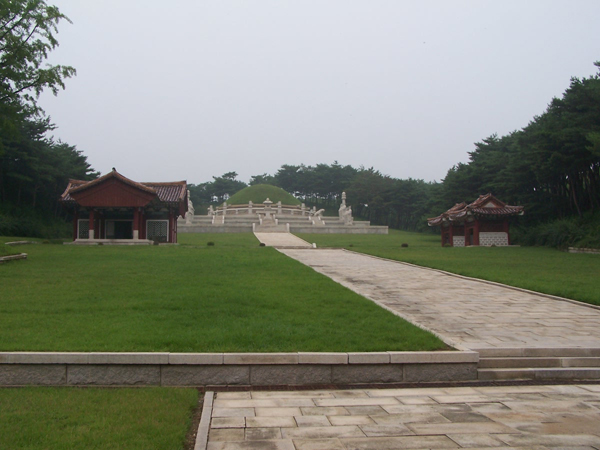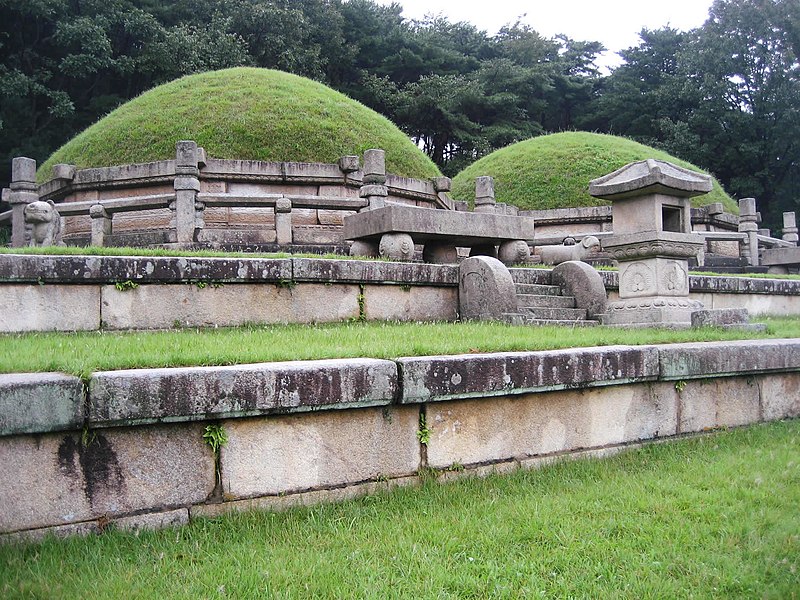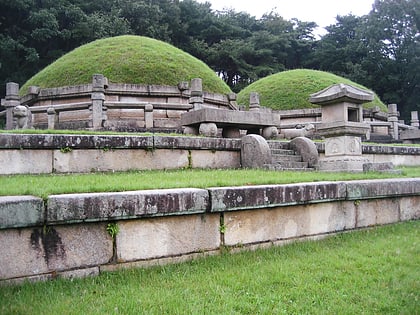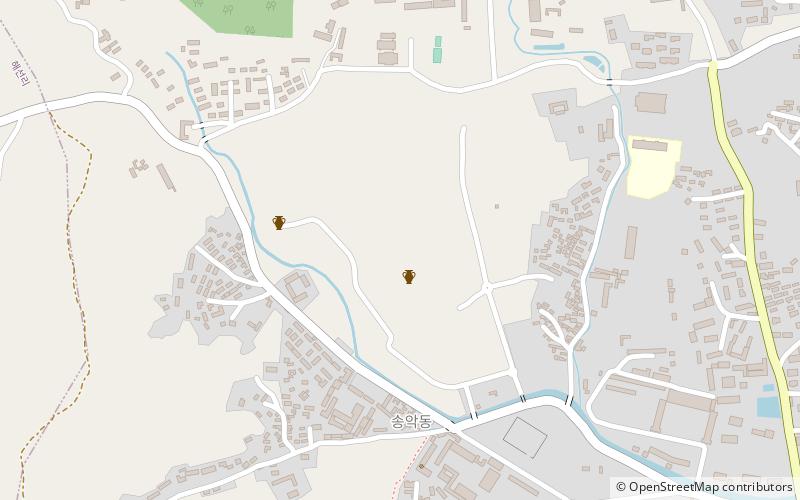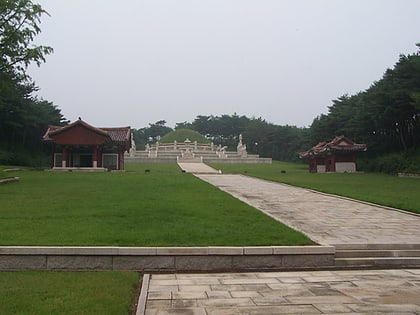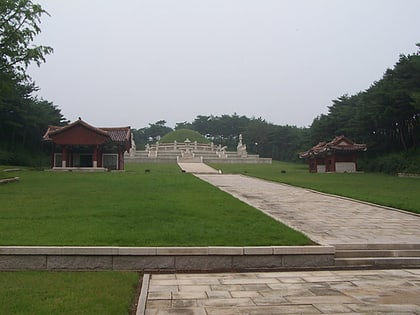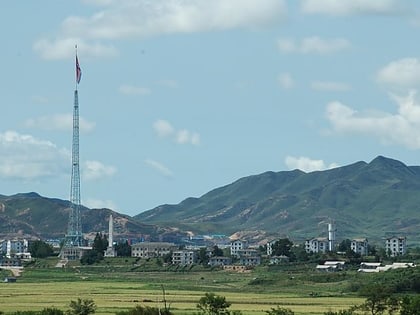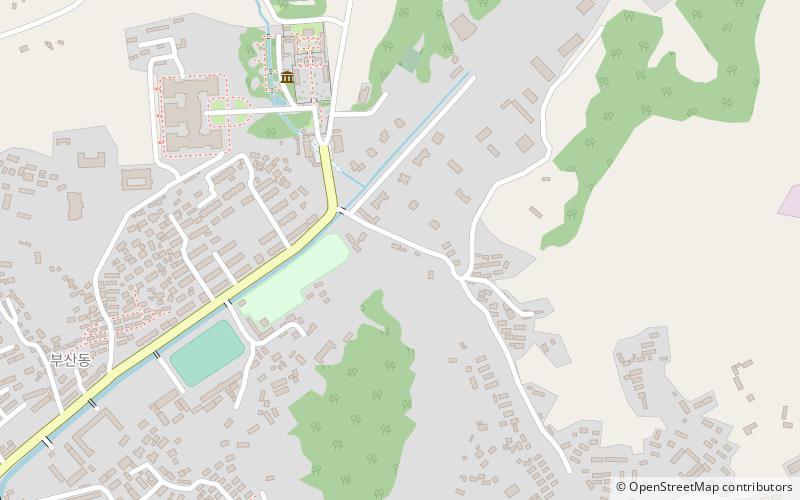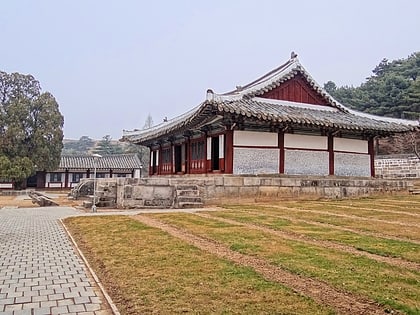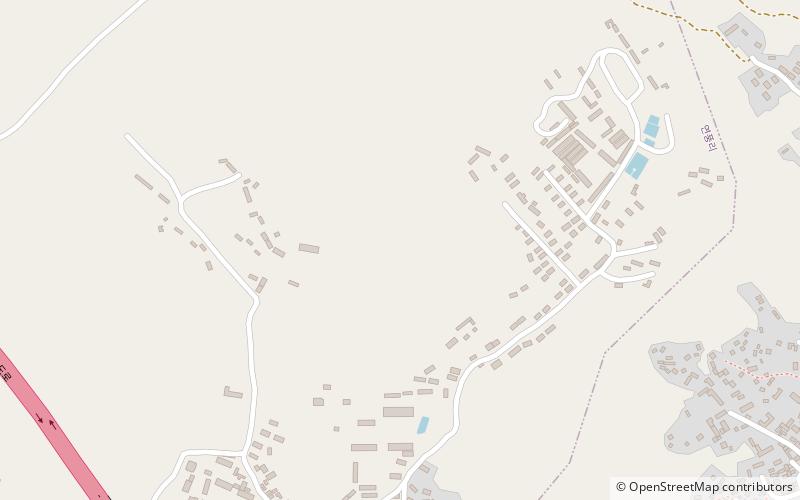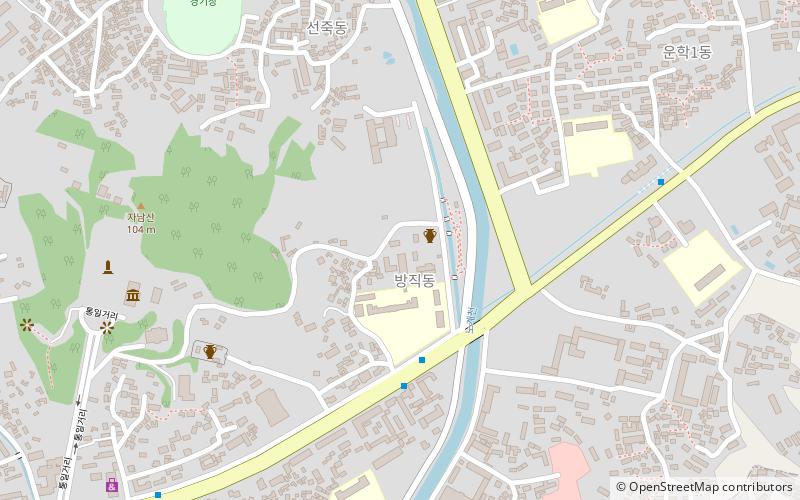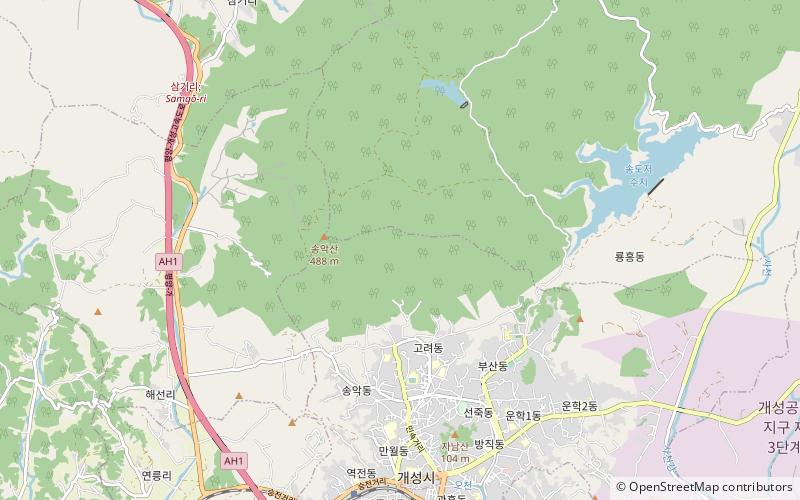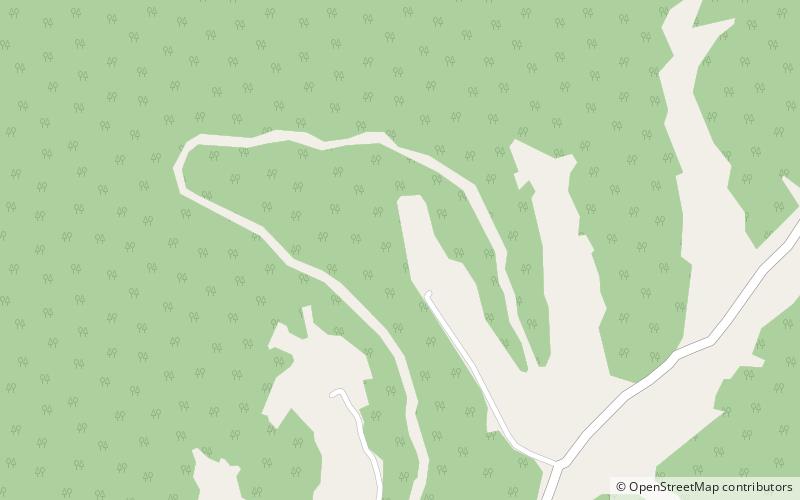Historic Monuments and Sites in Kaesong, Kaesong
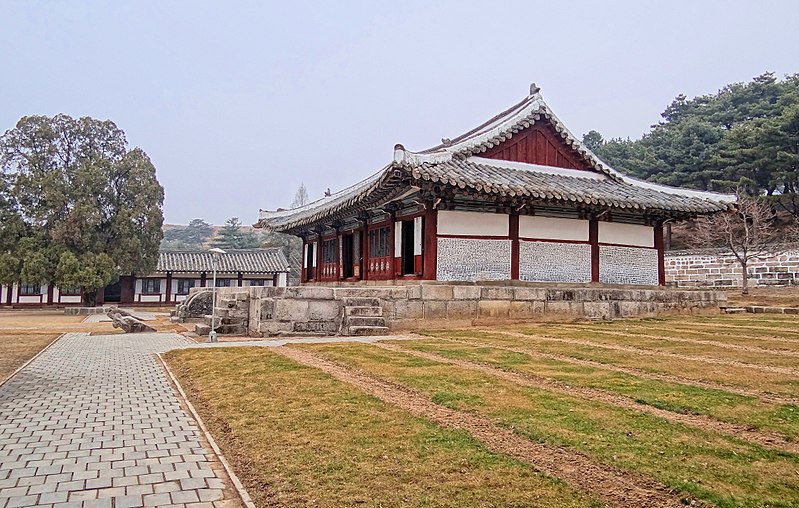
Facts and practical information
Historic Monuments and Sites in Kaesong is a UNESCO World Heritage Site in Kaesong, North Korea. The site consists of 12 separate components, which together testify to the history and culture of the Koryo Dynasty from the 10th to 14th centuries. The geomantic layout of the former capital city of Kaesong, its palaces, institutions and tomb complex, defensive walls and gates embody the political, cultural, philosophical and spiritual values of a crucial era in the region's history. The monuments inscribed also include an astronomical and meteorological observatory, two schools and commemorative steles. The site testifies to the transition from Buddhism to neo-Confucianism in East Asia and to the assimilation of the cultural, spiritual, and political values of the states that existed prior to Korea's unification under the Koryo Dynasty. The integration of Buddhist, Confucian, Taoist and geomantic concepts is manifest in the planning of the site and the architecture of its monuments. The World Heritage Site was inscribed on the World Heritage List in 2013 under criteria and. The site has an area of 494.2 ha with a buffer zone of 5,222.1 ha. ()
Kaesong
Historic Monuments and Sites in Kaesong – popular in the area (distance from the attraction)
Nearby attractions include: Tomb of King Kongmin, Manwoldae, Tomb of King Wanggon, Royal Tombs of the Goryeo Dynasty.
